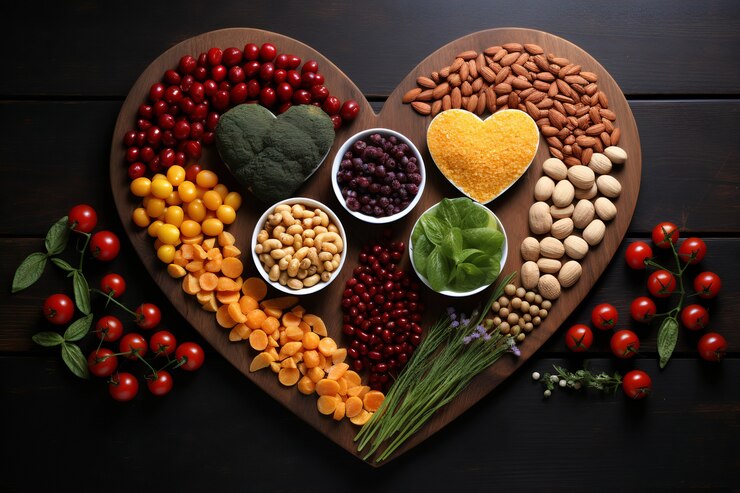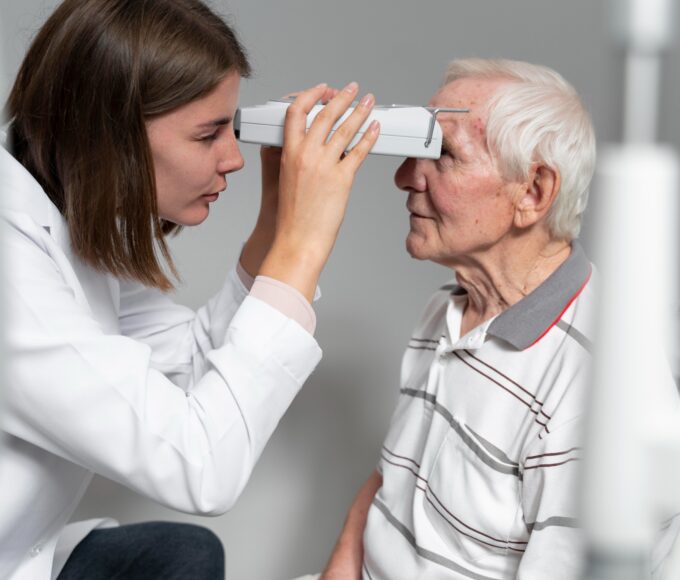Imagine you’re standing in the heart of a busy food production line—ovens humming, workers hustling, and the faint smell of fresh ingredients in the air. As a quality control or safety officer, you’re the one making sure every product rolling off that line is safe for someone’s dinner table. It’s a big responsibility, isn’t it? One slip, and you could be dealing with a contamination scare or worse. That’s where food safety training comes in, turning you into a sharp-eyed protector of public health. This isn’t just about following rules; it’s about building confidence and keeping people safe. Let’s dig into why food safety training is your biggest asset and how it shapes you into a food safety rockstar.
Food Safety Training: More Than Just Rules
You know what? Food safety training isn’t some boring checklist you slog through to keep the bosses happy. It’s your guide to spotting risks, enforcing standards, and keeping the whole operation on track. Think of it like learning the playbook for a high-stakes game—except the prize is safe food for everyone. Whether you’re dealing with raw chicken or packaged snacks, training helps you navigate regulations like the FDA’s Food Safety Modernization Act (FSMA) or HACCP principles without breaking a sweat.
But here’s the real kicker: it’s not just about memorizing regulations. Training hones your gut instincts. You start noticing things—like a storage rack that’s a little too warm or a worker skipping a handwash—that could spell trouble. The CDC says 48 million Americans get sick from foodborne illnesses every year. That’s not just a number; it’s a wake-up call about why your job matters. With solid food safety training, you’re the one stopping those stats from climbing.
Plus, the food world keeps changing. New bugs pop up, supply chains get trickier, and customers demand more transparency. Remember those spinach recalls a while back? They shook up the industry, and training keeps you ready for whatever’s next. It’s like having a map in a storm—you might not know what’s coming, but you’re prepared to handle it.
What Food Safety Training Really Teaches You
So, what’s in the food safety training toolbox? It’s not just sitting through endless slides. The best training is practical, hands-on, and built for your role. Here’s what you’ll master:
- Spotting Hazards: You learn to catch biological risks (like E. coli), chemical ones (say, a misplaced sanitizer), and physical threats (think metal shavings). It’s like being a food safety Sherlock Holmes.
- Stopping Problems Early: Training shows you how to set up preventive controls—think temperature logs or supplier checks—to nip issues in the bud.
- Keeping Things Clean: From sanitizing equipment to avoiding cross-contamination, you’ll nail the art of a spotless operation.
- Tracking Everything: Paperwork might not be sexy, but keeping detailed records proves you’re on top of things. Skip it, and you’re rolling the dice.
- Handling Crises: Whether it’s a recall or an outbreak, training preps you to stay cool and act fast.
This isn’t just theory—it’s your day-to-day game plan. Good food safety training throws you into real-world scenarios, like practicing a mock recall or dissecting a case study about a Salmonella outbreak. You’re not just learning; you’re building reflexes that kick in when the pressure’s on.
The Heart of Food Safety: It’s About People
Let’s pause for a second. Food safety isn’t just about test tubes or checklists—it’s about protecting real people. You’re making sure the sandwich a kid eats at lunch or the salad a grandma picks up at the store won’t make them sick. Ever think about that? Your work touches lives in ways you might not see, but it’s huge.
And it’s not just customers. You’re also looking out for your crew—the packers, the cooks, the delivery drivers. Food safety training gives you the tools to build a team that gets it, where everyone’s washing hands, checking temps, and keeping an eye out. It’s like being the captain of a ship—everyone’s got to row together to stay afloat.
Here’s a quick story: I heard about a safety officer who caught a batch of mislabelled allergens during a routine check. That one moment, thanks to their training, stopped a potential disaster for someone with a peanut allergy. It’s proof that your skills aren’t just technical—they’re a safety net for real people.
Tech and Tools: Your Food Safety Sidekicks
Food safety’s gone high-tech, and training keeps you in the driver’s seat. Picture sensors that ping you if a fridge gets too warm or software that tracks every carrot from farm to shelf. Tools like these are game-changers, but they’re only as good as you are. Food safety training shows you how to use tech smartly—whether it’s reading data from a temperature probe or setting up a traceability system.
But it’s not all gadgets. Sometimes, you’ve got to convince a stubborn supervisor why a new cleaning system is worth the cost. Training gives you the words to make your case, blending facts with a knack for persuasion. It’s like being part scientist, part diplomat—both skills keep the food safe.
The Emotional Rollercoaster of Your Role
Can we get real? Being a quality control or safety officer isn’t always easy. You’re juggling audits, deadlines, and sometimes grumbling coworkers who think cutting corners won’t hurt. Food safety training doesn’t just teach you the rules; it builds your backbone. You learn to stand firm when it counts, whether you’re facing a surprise inspection or pushing for better storage practices.
There’s also a quiet thrill to the job. When you catch a hazard or train your team to ace a sanitation routine, it feels good. It’s not the kind of thing that gets you a parade, but it’s the kind of pride that sticks with you. Training fuels that fire, reminding you that every log you check or rule you enforce is part of something bigger.
Picking the Right Food Safety Training
How do you find the right food safety training? It’s not one-size-fits-all. You need something that fits your world—whether you’re in a restaurant, a factory, or a grocery chain. Look for programs that focus on your specific needs, like allergen control for a bakery or temperature management for a meat plant. Here’s what to keep in mind:
- Relevance: Does it tackle the risks you face daily?
- Format: Online for flexibility, or in-person for hands-on practice? Pick what works.
- Practicality: The best training uses real-life examples, like mock inspections or outbreak scenarios.
- Freshness: Make sure it’s up to speed with 2025 regulations.
- Follow-Up: Look for programs with refreshers or extra resources to keep you sharp.
And don’t stop at one course. Food safety’s a moving target, so keep learning. Maybe take a deep dive into organic standards or brush up on recall protocols. It’s like keeping your toolbox stocked—you never know when you’ll need that extra wrench.
The Big Impact of Your Training
Here’s something to think about: your food safety training doesn’t just help you—it changes everything around you. A well-trained officer sets the vibe for the whole team. You’re not just enforcing rules; you’re creating a place where safety’s the default. That’s a big deal.
Look at companies like Chipotle. After their food safety scares, they doubled down on training, and it paid off with stronger systems and happier customers. Your training can do that too, whether you’re at a global chain or a small deli. It’s about building trust, one safe meal at a time.
And in 2025, customers are paying attention. They’re checking labels, asking about sourcing, and expecting you to have answers. Food safety training gives you the know-how to meet those demands, whether it’s nailing allergen info or tracing ingredients back to the farm. You’re not just keeping food safe—you’re keeping promises.
Tackling the Tough Stuff
Let’s not sugarcoat it: you’ll hit roadblocks. Maybe your team rolls their eyes at new rules, or tight budgets make training feel like a stretch. Food safety training equips you to push through. You learn how to explain why those rules matter, turning doubters into teammates. You also get scrappy—using free tools like FDA guides or turning audits into teachable moments.
Time’s another hurdle. You’re slammed, and training can feel like one more thing on your plate. But here’s the truth: a good program saves you time by preventing messes. Think of it like changing the oil in your car—skip it, and you’re begging for a breakdown.
Your Superpower: Making Food Safe
So, what’s the bottom line? Food safety training is your superpower. It gives you the skills to catch risks, use tech, and lead your team with confidence. It’s about protecting people, earning trust, and knowing you’ve got this. Whether you’re checking a storage cooler or training a newbie, every move you make keeps food safe.
You know what’s cool? You’re not just a quality control or safety officer—you’re a food safety hero. Every rule you follow, every risk you catch, makes a difference. So, embrace your training. Grab those tools, soak up that knowledge, and own your role. Because when it comes to food safety, you’re the one making sure every bite’s a good one.















Leave a comment